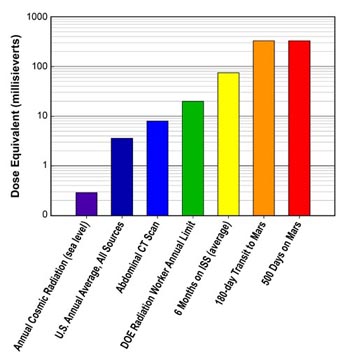India’s Mangalyaan Mars probe successfully completed its first midcourse correction maneuver today.
India’s Mangalyaan Mars probe successfully completed its first midcourse correction maneuver today.
As with the images the probe took of Earth, the success of this maneuver demonstrates the ability of the probe’s engineers to control, operate, and precisely point the spacecraft’s engine. It also proves that engine works as designed.
Here’s an interesting cultural tidbit: Of the 200,000 people who have applied to Mars One (see my previous post below) to go on its proposed one-way mission to Mars, India has the second most applicants after the U.S.
Mars One applicants come from over 140 countries; the largest numbers are from the US (24 per cent), India (10 per cent), China (6 per cent), Brazil (5 per cent), UK, Canada, Russia and Mexico (4 per cent), Philippines, Spain, Colombia and Argentina (2 per cent), and Australia, France, Turkey, Chile, Ukraine, Peru, Germany, Italy and Poland (1 per cent).
India’s Mangalyaan Mars probe successfully completed its first midcourse correction maneuver today.
As with the images the probe took of Earth, the success of this maneuver demonstrates the ability of the probe’s engineers to control, operate, and precisely point the spacecraft’s engine. It also proves that engine works as designed.
Here’s an interesting cultural tidbit: Of the 200,000 people who have applied to Mars One (see my previous post below) to go on its proposed one-way mission to Mars, India has the second most applicants after the U.S.
Mars One applicants come from over 140 countries; the largest numbers are from the US (24 per cent), India (10 per cent), China (6 per cent), Brazil (5 per cent), UK, Canada, Russia and Mexico (4 per cent), Philippines, Spain, Colombia and Argentina (2 per cent), and Australia, France, Turkey, Chile, Ukraine, Peru, Germany, Italy and Poland (1 per cent).


